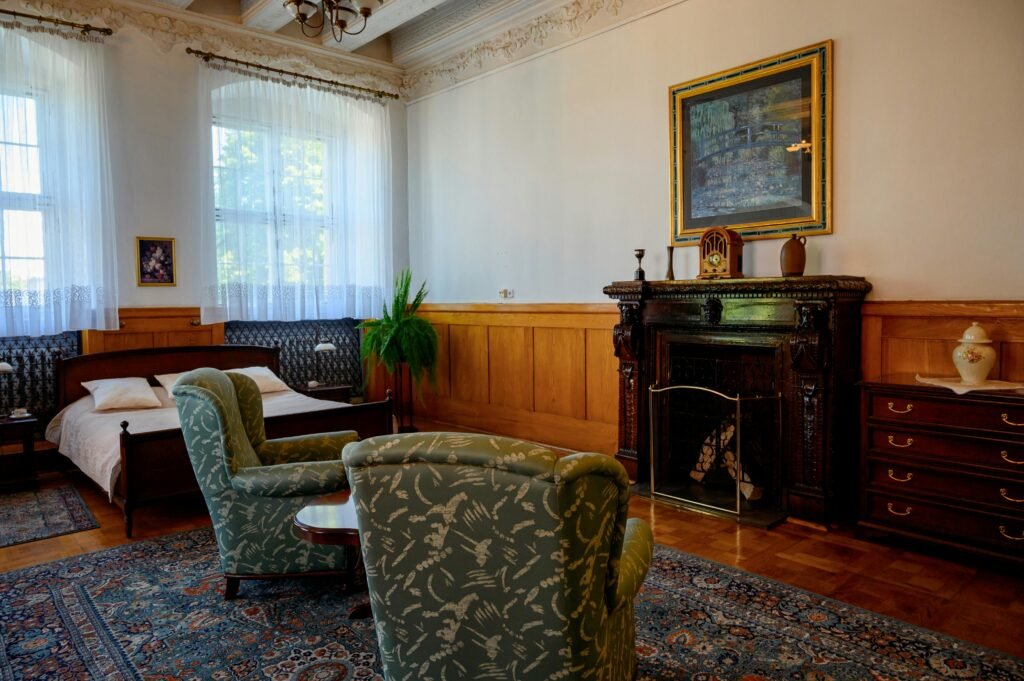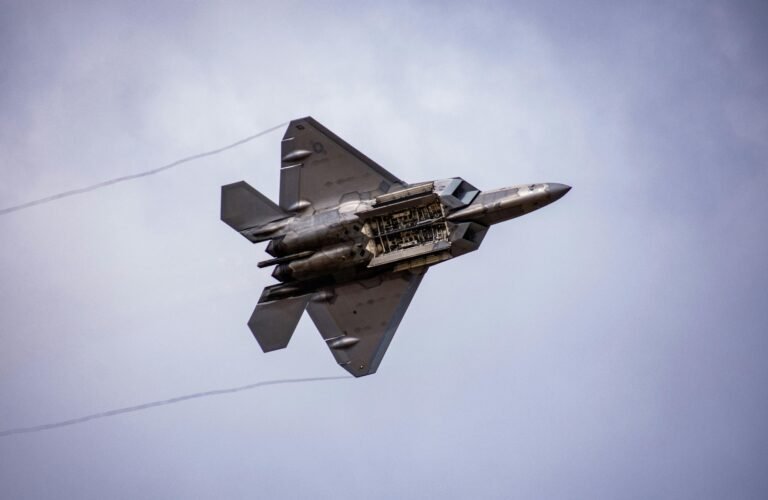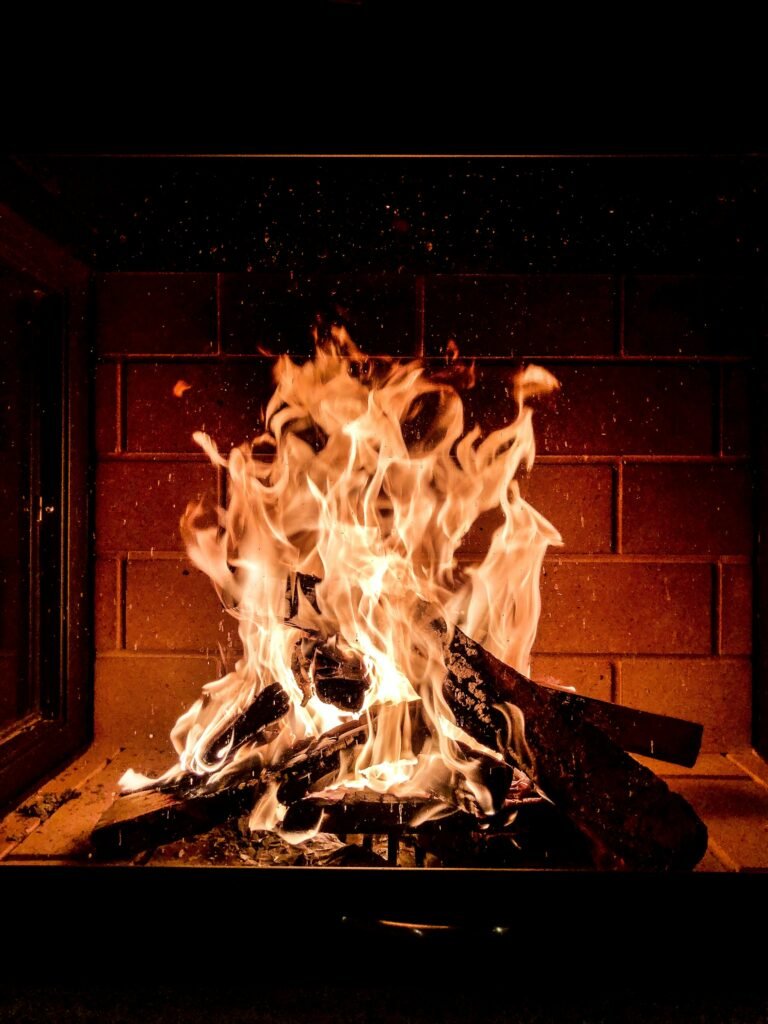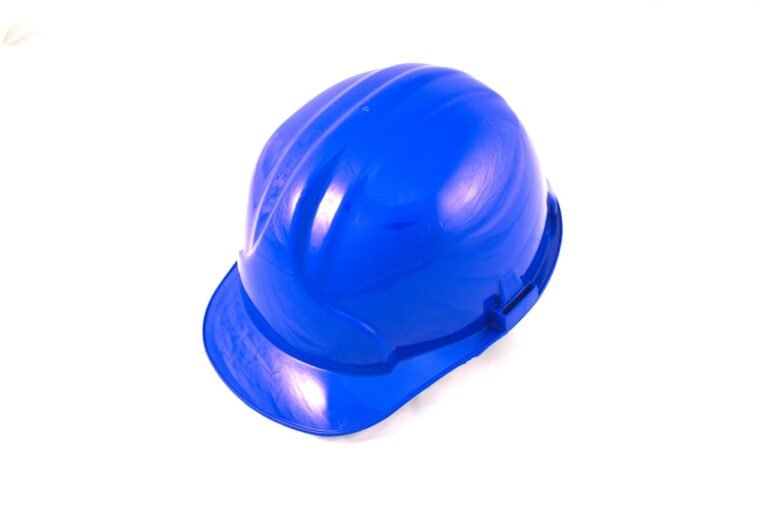Are you a parent or caregiver concerned about the safety of your little ones around the fireplace? Look no further, because in this article, we will provide you with essential tips and precautions to create a safe environment and childproof your fires. With a few simple steps, you can enjoy the warmth and ambiance of your fireplace while ensuring the safety of your children. From installing safety gates to keeping flammable materials out of reach, we’ve got you covered. Let’s explore the world of fireplace precautions and create a worry-free environment for your family.
Understanding the Risks of Fireplaces
Fireplaces are a cozy and inviting addition to any home, providing warmth and ambiance during the colder months. However, it’s important to be aware of the potential hazards that come with owning a fireplace. By understanding the risks, you can take necessary precautions to ensure the safety of your household.
Potential hazards of fireplaces
While fireplaces offer warmth and comfort, they can also pose various risks if not properly maintained and used. One of the primary hazards is the risk of accidental fires. Sparks or embers may escape the fireplace and ignite nearby flammable materials, such as furniture or carpets. Additionally, poorly ventilated fireplaces can lead to the buildup of dangerous carbon monoxide gases, which can be fatal if inhaled.
Statistics on fireplace-related accidents
According to the National Fire Protection Association (NFPA), a substantial number of accidents and injuries are attributed to fireplaces each year. In 2019 alone, it was reported that there were approximately 21,200 residential structure fires caused by fireplaces or chimneys. These fires resulted in 13 civilian deaths, 30 civilian injuries, and an estimated $200 million in property damage.
Common causes of fireplace accidents
Many fireplace accidents can be prevented by understanding and addressing their common causes. Some of the most prevalent causes include improper installation of fireplaces, failure to clean and maintain chimneys, and negligent use of open flames. Additionally, leaving children or pets unsupervised near a fireplace increases the risk of accidents.
Choosing a Safe Fireplace Design
When selecting a fireplace for your home, it’s crucial to prioritize safety features to mitigate potential hazards. By choosing a safe fireplace design, you can ensure the well-being of your household while still enjoying the benefits of a crackling fire.
Selecting a fireplace with safety features
When browsing for fireplaces, look for models that come equipped with safety features, such as heat-resistant glass doors or screens. These features act as a barrier, preventing sparks or embers from escaping the fireplace and causing accidental fires. Some fireplaces also include airwash systems, which help keep the glass clean and free from soot, ensuring optimal visibility.
Types of fireplaces to consider
There are various types of fireplaces available, each with its own set of safety considerations. Traditional wood-burning fireplaces are loved for their authenticity but require careful attention to ventilation and maintenance. Alternatively, gas or electric fireplaces offer the convenience of on/off switches and adjustable flames, ensuring a safer and more controlled fire experience. Ethanol fireplaces, which burn bioethanol fuel, are another option that eliminates the need for a chimney or vent, minimizing the risk of carbon monoxide.
Safety considerations for different fireplace fuels
Depending on the type of fireplace fuel you choose, there are specific safety measures to keep in mind. Wood-burning fireplaces require regular chimney cleaning to prevent chimney fires and the buildup of creosote. Gas fireplaces, on the other hand, should be installed by licensed professionals to ensure proper ventilation and connection to the gas supply. Ethanol fireplaces should be used in well-ventilated areas, and care should be taken to avoid spills and fuel leakage.

This image is property of images.pexels.com.
Installing and Maintaining Smoke Detectors
Smoke detectors are essential in ensuring fire safety within your home. They serve as an early warning system, alerting you to the presence of smoke and potential fires. Proper installation and regular maintenance of smoke detectors are crucial for their effectiveness.
Importance of smoke detectors in fire safety
Smoke detectors play a vital role in safeguarding your family and home from fire emergencies. They are designed to detect the earliest signs of smoldering or flaming fires, providing you with precious time to evacuate or take immediate action. By installing smoke detectors, you significantly increase the chances of survival in the event of a fire.
Proper installation and placement of smoke detectors
To ensure the optimal function of smoke detectors, it’s crucial to install them correctly. Smoke detectors should be placed on every level of your home, including inside each bedroom and outside sleeping areas. It’s recommended to install them on the ceiling or at least 4-12 inches below it to effectively detect rising smoke. Avoid placing smoke detectors near windows, doors, or ventilation ducts, as these areas may affect their performance.
Testing and maintaining smoke detectors
Simply installing smoke detectors is not enough; regular testing and maintenance are essential. It’s recommended to test your smoke detectors monthly by pressing the test button and ensuring the alarm sounds. Additionally, replace the batteries at least once a year, or according to the manufacturer’s instructions. It’s important to also clean the detectors periodically to remove any dust or debris that may hinder their functionality.
Creating a Childproof Zone Around the Fireplace
As a responsible homeowner, it’s crucial to create a childproof zone around your fireplace to protect your little ones from potential accidents. By implementing safety measures and physical barriers, you can enjoy the warmth of the fire while ensuring the well-being of your children.
Setting up a physical barrier around the fireplace
One of the most effective ways to childproof your fireplace is by setting up physical barriers. Install a sturdy fireplace screen or gate to prevent direct access to the fire. This physical barrier will prevent children from accidentally touching the hot surface or getting too close to the flames.
Installing fireplace safety gates
Fireplace safety gates are specifically designed to create a secure barrier around the fireplace, keeping children and pets at a safe distance. Ensure the gate is sturdy and securely attached to the wall, and opt for gates with a latch or lock mechanism that is beyond the reach of young children.
Securing furniture and decor near the fireplace
It’s important to secure furniture and decor pieces near the fireplace to minimize the risk of accidents. Ensure that any flammable items, such as curtains, rugs, or decorations, are at a safe distance from the fire. Additionally, anchor heavy furniture like bookshelves or cabinets to prevent them from tipping over if a child were to accidentally pull on them.

This image is property of images.pexels.com.
Using Safe Fireplace Accessories and Tools
When it comes to fireplace safety, choosing the right accessories and tools is paramount. By prioritizing safety in the selection and use of these items, you can minimize potential hazards and enjoy a worry-free fireplace experience.
Choosing childproof fireplace screens
Fireplace screens act as a protective barrier, shielding people and objects from the high temperatures of the fire. When selecting a fireplace screen, opt for models with fine mesh or tempered glass that can withstand heat and prevent sparks or embers from flying out. Ensure the screen is securely attached to the fireplace to prevent accidental tipping.
Using fireplace tool sets responsibly
Fireplace tool sets are essential for managing and maintaining the fire. When using these tools, exercise caution and teach children to stay away from them. Keep the tools securely stored when not in use, preferably out of reach of young children. It’s also vital to handle hot fireplace tools with appropriate protective equipment, such as heat-resistant gloves, to prevent burns.
Keeping flammable materials away from the fireplace
To maintain a safe environment around your fireplace, it’s crucial to keep flammable materials away. Avoid placing any combustible items, such as newspapers, magazines, or firewood, in close proximity to the fire. Store these materials in designated areas, away from the fireplace, to prevent accidental ignition and potential fires.
Educating Children about Fireplace Safety
Teaching children about fireplace safety is vital in preventing accidents and promoting responsible behavior. By instilling a comprehensive understanding of fire safety rules and supervision, you can create a safe environment for your children.
Teaching children about fire safety rules
Start by explaining the dangers of fire and the importance of following safety rules. Teach children to never play with matches, lighters, or fire in general. Emphasize the importance of staying a safe distance from the fireplace and never touching a burning fire or hot surfaces. Encourage open communication and address any questions or concerns they may have.
Supervising and monitoring children around the fireplace
Supervision is key when children are near a fireplace. Ensure an adult is present at all times when the fire is lit, and strictly monitor children’s activities around the fireplace. Teach them that the fireplace is not a toy and establish clear boundaries and rules regarding its use. By supervising and monitoring children, you can quickly address any unsafe behaviors or potential hazards.
Practice fire drills and emergency procedures
In addition to educating children about fireplace safety, it’s essential to practice fire drills and emergency procedures. Teach children how to safely exit the home in case of a fire and designate a meeting place outside. This practice will help reinforce the importance of fire safety and prepare them to respond appropriately in case of an emergency.

This image is property of images.pexels.com.
Proper Fireplace Operation and Maintenance
Knowing how to properly operate and maintain your fireplace is crucial for ensuring its safe use. Implementing safe practices and routinely maintaining your fireplace and chimney can significantly reduce the risk of accidents or malfunctions.
Safe practices for starting and extinguishing fires
When starting a fire, always use proper ignition methods, such as kindling or starter logs. Avoid using flammable liquids like gasoline, as they can cause dangerous flare-ups or unexpected explosions. Never leave a fire unattended, and ensure it is completely extinguished before leaving the room or going to bed. Use a fireplace screen to prevent sparks or embers from escaping.
Regular chimney inspections and cleaning
Regular inspections and cleaning of your chimney are essential for maintaining its safety and efficiency. Over time, creosote, a flammable substance, can accumulate inside the chimney, increasing the risk of chimney fires. Hire a professional chimney sweep to inspect and clean your chimney annually to remove any buildup and ensure proper ventilation.
Handling ashes and embers safely
After a fire, it’s important to handle ashes and embers with caution. Allow the ashes to cool for at least 24 hours before disposing of them in a metal container. Avoid using combustible materials like plastic bags, as ashes can remain hot for extended periods and potentially ignite other objects. Store the ash container away from flammable materials until it can be safely disposed of.
Preventing Carbon Monoxide Poisoning
Carbon monoxide (CO) is a poisonous gas that is colorless, odorless, and tasteless. It can be emitted from fireplaces and pose a significant health risk if not properly detected and managed. Take precautions to prevent CO poisoning and ensure a safe environment for your household.
Understanding the dangers of carbon monoxide
Carbon monoxide is a byproduct of incomplete combustion and can be produced by gas, wood-burning, or even ethanol fireplaces. When inhaled, CO binds to the hemoglobin in our blood, reducing its ability to carry oxygen throughout the body. This can lead to symptoms such as headache, nausea, dizziness, and, in severe cases, unconsciousness or even death.
Installing carbon monoxide detectors
To detect the presence of carbon monoxide in your home, it’s crucial to install carbon monoxide detectors. These devices are designed to sound an alarm when high levels of CO are detected, giving you an early warning to evacuate and seek fresh air. Place carbon monoxide detectors near sleeping areas and on each level of your home, following the manufacturer’s instructions for proper installation.
Ensuring proper ventilation
Proper ventilation is essential to prevent carbon monoxide buildup. Ensure that your fireplace and chimney are correctly installed and functioning optimally. Regularly inspect and clean the chimney to remove any obstructions or buildup that may obstruct the flow of gases. Additionally, ensure that the room containing the fireplace has sufficient airflow and ventilation to allow for the safe release of combustion byproducts.
Emergency Response Planning
Even with all the necessary precautions in place, it is essential to be prepared for emergencies. Creating a comprehensive emergency response plan will ensure that everyone in your household knows what to do in case of a fire or other emergencies.
Creating a fire escape plan for the home
A fire escape plan is a crucial aspect of emergency preparedness. Sit down with your household and create a detailed escape plan that includes multiple exit routes from each room. Designate a safe meeting place outside where everyone can gather after evacuating. Practice the fire escape plan regularly to familiarize everyone with the procedure.
Knowing how to handle different types of fires
Different types of fires may require different methods of extinguishing. Teach your household members how to operate fire extinguishers, emphasizing the importance of using the correct type of extinguisher for the fire. Educate them about the different classes of fires, such as class A (ordinary combustibles), class B (flammable liquids), and class C (electrical), and demonstrate the appropriate techniques for each.
Identifying emergency contact numbers
Make sure everyone in your household knows the emergency contact numbers for local fire departments, paramedics, and poison control. Keep a list of these numbers near the telephone or save them in your cellphone for easy access during an emergency.
Regular Safety Inspections and Upkeep
While implementing initial safety measures is essential, it’s equally important to conduct regular safety inspections and upkeep. By staying vigilant and addressing any potential safety issues, you can maintain a safe and secure environment around your fireplace.
Scheduling professional inspections of the fireplace
To spot any potential safety hazards, it’s recommended to schedule professional inspections of your fireplace at least once a year. Certified professionals can assess the condition of your fireplace, chimney, and ventilation system, ensuring that everything is in proper working order. They can also provide guidance on any necessary repairs or maintenance.
Checking for any potential safety issues regularly
In addition to professional inspections, it’s crucial to conduct regular visual inspections of your fireplace and surrounding area. Look for any signs of damage, such as cracks in the chimney or loose mortar. Ensure that all safety features, such as screens and gates, are intact and functioning properly. Address any issues promptly to prevent them from becoming potential safety risks.
Updating safety measures as needed
As new safety technologies and practices emerge, it’s important to stay informed and update your safety measures as needed. Keep up-to-date with the latest safety recommendations from reputable sources, such as fire safety organizations or manufacturers. By staying proactive, you can continuously improve the safety of your fireplace and ensure optimal protection for your household.
In conclusion, understanding and addressing the risks associated with fireplaces is crucial for ensuring the safety of your home and loved ones. By following safety guidelines, selecting appropriate fireplace designs, childproofing the surrounding area, using safe accessories and tools, educating children about fireplace safety, and regularly maintaining your fireplace and chimney, you can create a safe and enjoyable environment. Additionally, taking measures to prevent carbon monoxide poisoning, planning for emergencies, and conducting regular safety inspections will further enhance the safety of your fireplace. Remember, safety should always be a top priority when it comes to enjoying the warmth and beauty of a fireplace.




